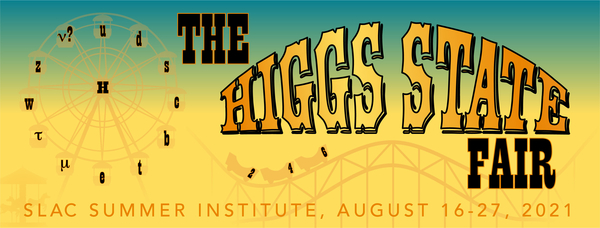Speaker
Description
General relativity with fermions has two independent symmetries: general coordinate invariance and local Lorentz invariance. General coordinate invariance is implemented by the Levi-Civita connection and by Cartan's tetrads both of which have as their action the Einstein-Hilbert action. It is suggested here that local Lorentz invariance is implemented not by a combination of the Levi-Civita connection and Cartan's tetrads known as the spin connection, but by independent Lorentz bosons



